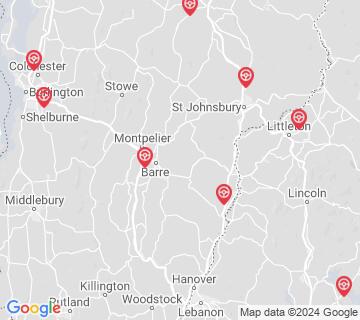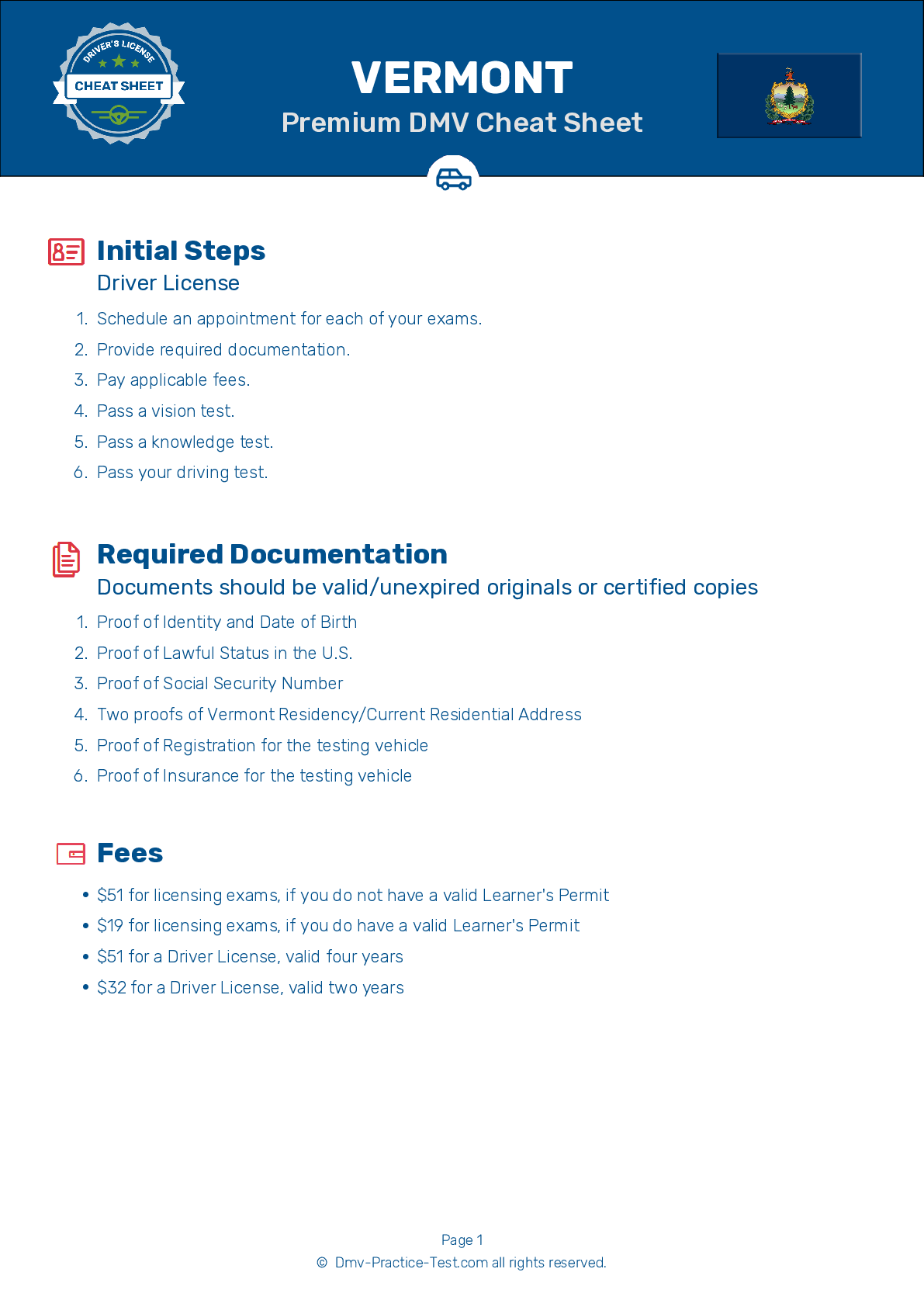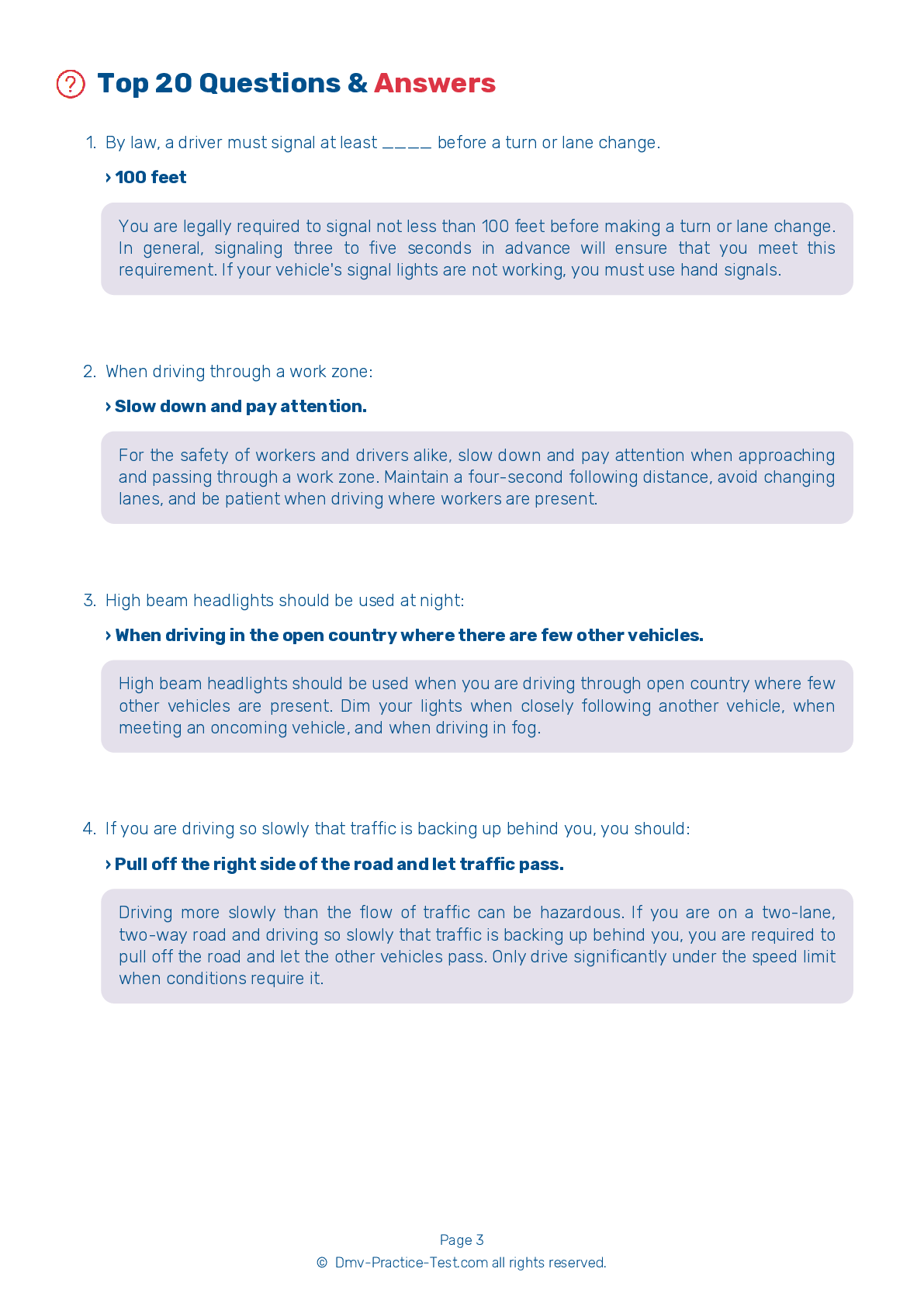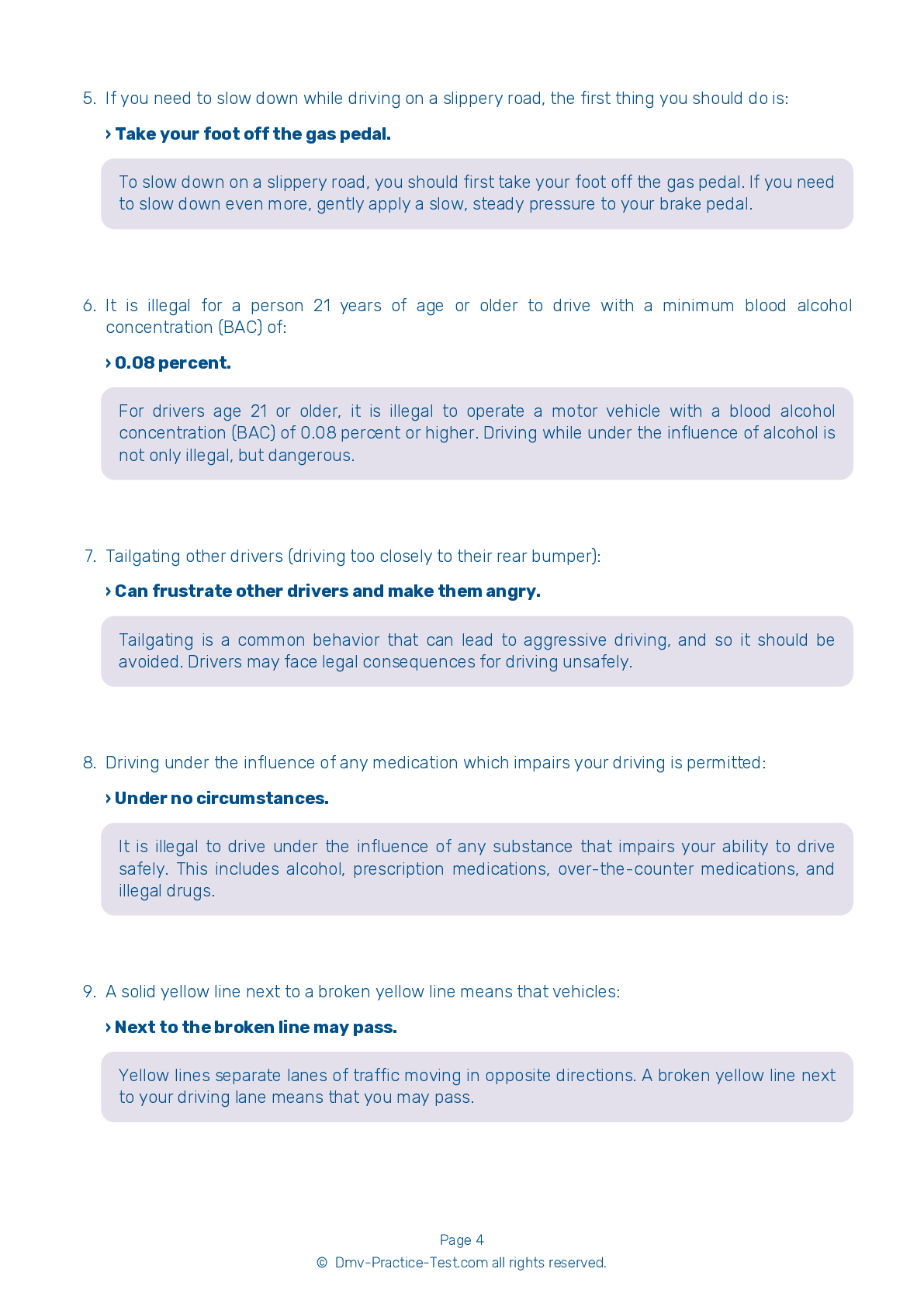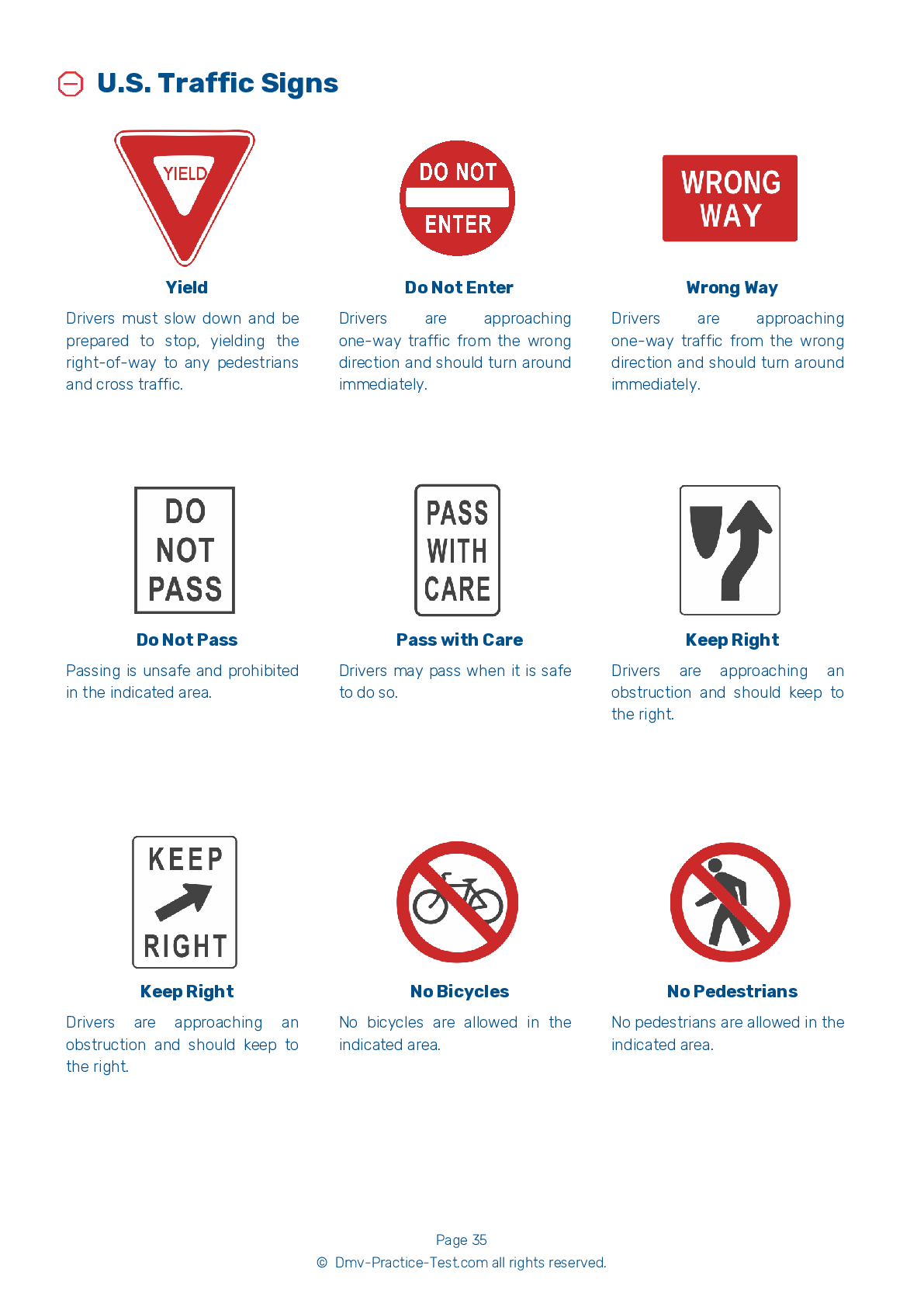FREE Vermont DMV Practice Test #19
The Vermont DMV practise examinations have been updated for January 2025. It includes questions based on the Vermont Driver Handbook's most significant traffic signals and legislation for 2025. Use actual questions that are very similar (often identical!) to the DMV driving permit test and driver's licence exam to study for the DMV driving permit test and driver's licence exam.
On the practise exam, each question gets a tip and explanation to help you remember the concepts. The written component of the official Vermont DMV test will include questions about traffic rules, traffic signs, and driving statutes, as well as knowledge from the Driver Handbook.
To obtain a passing grade, you must correctly answer 16 of the 20 questions. Use the practise exam provided by the Vermont Department of Motor Vehicles to help you prepare for your instruction permit or driver's licence.
The DMV exam is available in several languages.
Using any kind of testing assistance will result in an automatic fail, and the DMV may take additional action against your driver's licence, so stay away from it.
1 . This sign means:
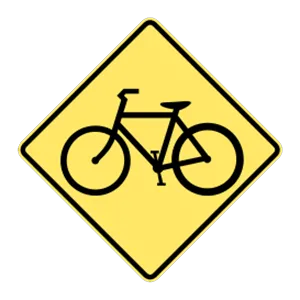
This sign provides advance warning that bicycles may be present.
2 . This sign means:
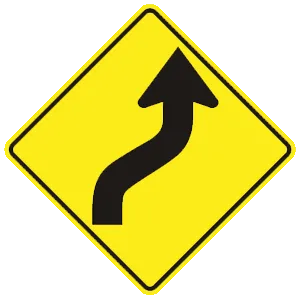
Warning signs are used to warn drivers about upcoming hazardous conditions and are usually yellow with black markings. This sign warns drivers that the road ahead curves to the right and then to the left.
3 . The act of turning your head and checking your blind spot before changing lanes, driving away from a curb, or merging your vehicle into traffic is:
When changing lanes, it is important to check your blind spots. Do this by looking over your shoulder toward the next lane. Do not rely only on your mirrors.
4 . When changing lanes on a highway, you should:
Any time you want to change lanes, you should properly signal your intentions well in advance, check your mirrors, and check your blind spot. You can check your blind spot by glancing over your shoulder in the direction that you plan to move.
5 . You may drive around or under a gate that is being lowered or raised at a railroad crossing:
Flashing red lights, lowered crossing gates, and/or bells at a railroad crossing mean that you must come to a complete stop. You must not go across the tracks until the lights and bells have stopped and the crossing gates are completely up. Do not drive around or under a gate that is moving up or down.
6 . This sign means:
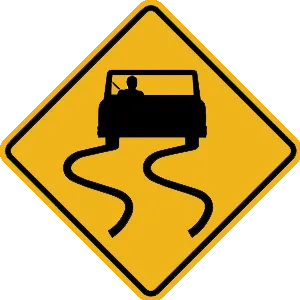
This sign warns that especially slippery conditions exist when the road is wet.
Search the best driving school in your neighbourhood
2025 Vermont | Frequently Asked Questions
1. Not checking mirrors and blind spots before changing lanes or turning.
2. Speeding or driving too slowly for the conditions or posted speed limit.
3. Not coming to a complete stop at stop signs or red lights.
4. Incorrect signalling or not signalling at all.
5. Poor parking, especially parallel parking.
Remember, practice makes perfect, so take time to hone your skills.
